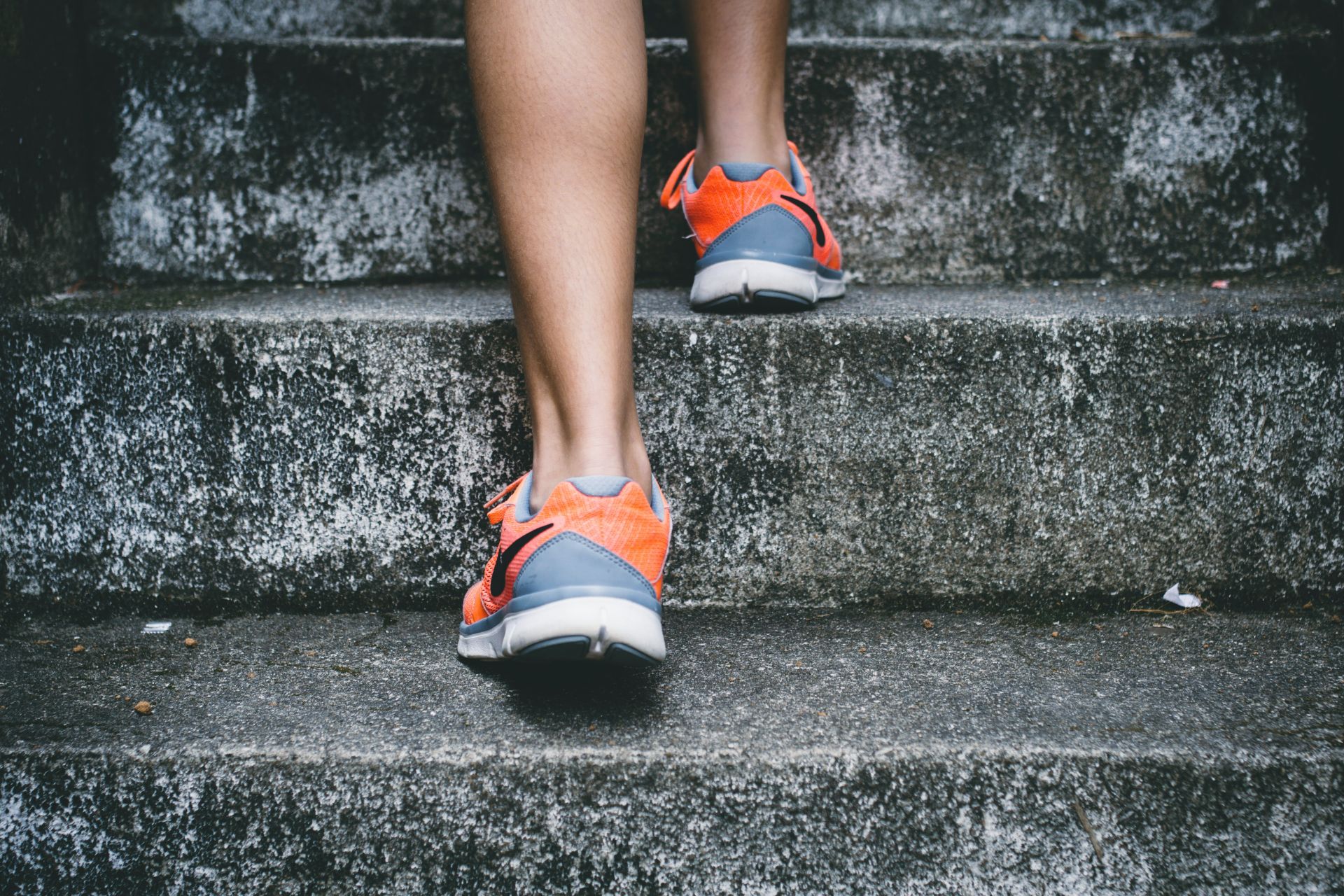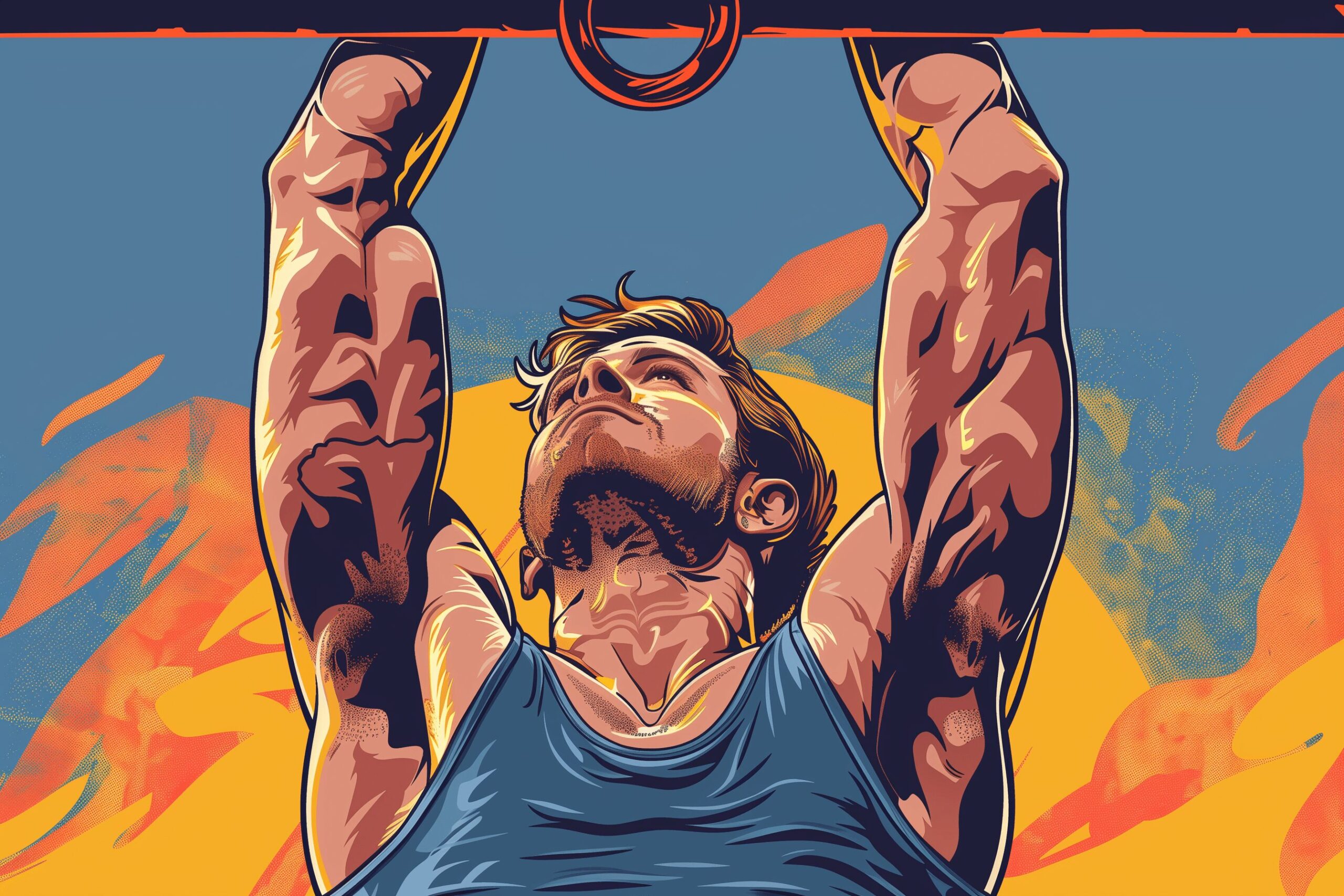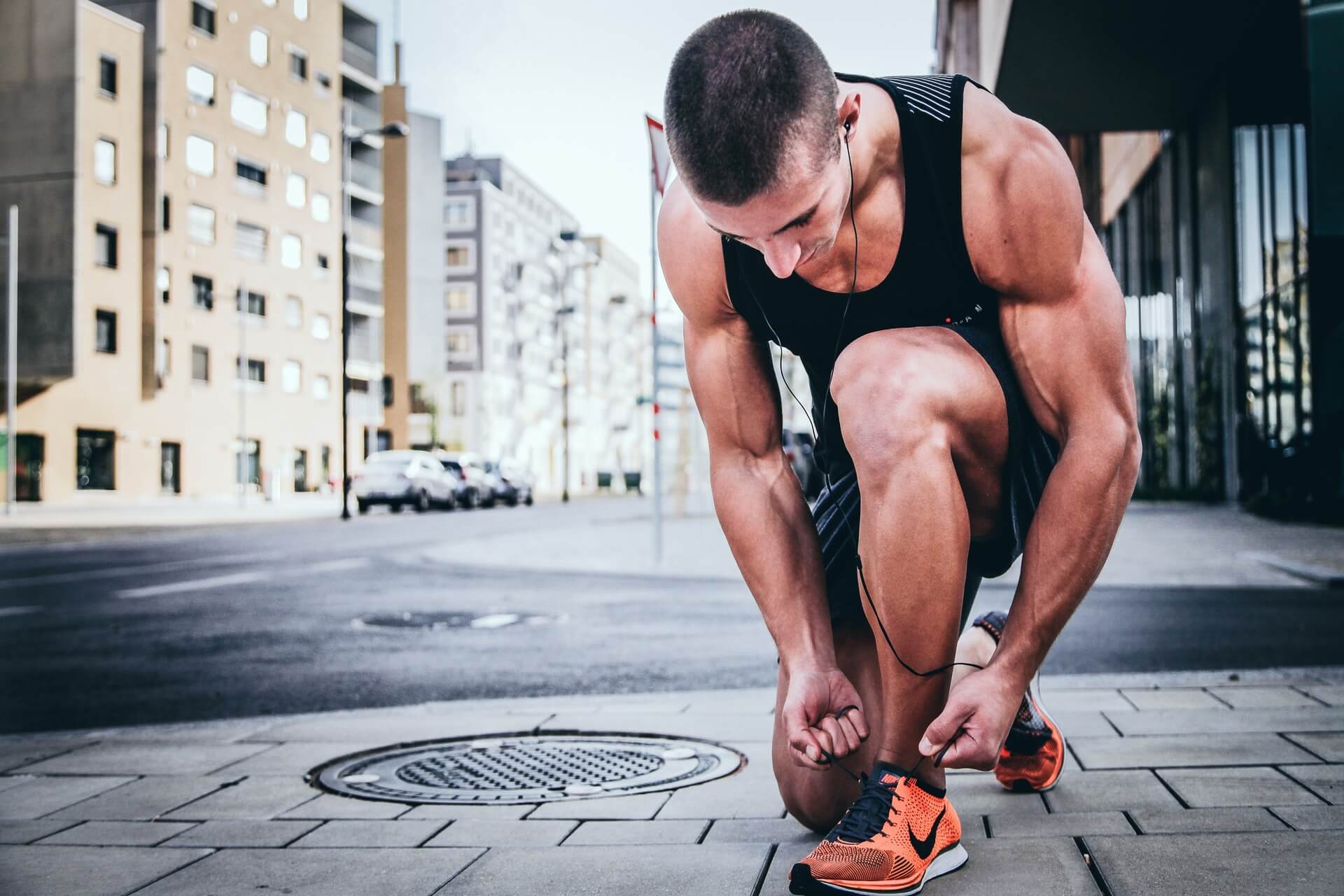How to Prevent Shin Splints During Exercise
Nov 16, 2022

As an Amazon Associate, Modded gets commissions for purchases made through links in this post.
Everyone experiences shin splints during exercise at least once. They send waves of pain through your lower legs, making each step more excruciating than the last. Thankfully shin splints aren’t genetic, so we can take measures to avoid them. Here’s how to prevent shin splints during exercise in seven easy steps.
1. Start a Stretching Routine
Inflexibility during exercise is one of the main causes of shin splints. Your lower legs aren’t used to a certain repetitive movement, which causes them to become irritated. To combat this problem, you need to start a stretching routine. These stretches will improve your lower leg flexibility:
- Gastrocnemius calf stretch: Stand with your hands against a wall and one foot behind you. Keep your feet flat and pointed straight ahead. With your back heel down and back leg straight, bend the front knee until you feel a stretch in the calf of your back leg. Keep your back straight throughout the stretch. Hold the position for 30 seconds and repeat three times for both legs.
- Achilles tendon stretch: Stand on the edge of a stair step, stool or another elevated surface. Slowly let one heel hang off the step until you feel a stretch at the back of your leg and the Achilles tendon area. Hold the position for 30 seconds and repeat three times for both legs.
- Tibialis anterior stretch: Kneel with your feet tucked underneath your body and your toes pointing slightly in. Put your hands on the floor in front of you, then lean forward to raise yourself up, resting on your toes. Hold the stretch for 30 seconds.
Make these stretches part of your daily regimine. They will only take a few minutes, so you don’t have any excuses. You should also add them to your pre workout warm-up routine on lower body training days.
2. Adjust Your Running Motion
Your running motion might be contributing to your painful shin splints. Landing too hard on your heels adds more stress to your lower legs and makes the pain more severe. On the flip side, landing too lightly on your heels puts too much pressure on your toes, which might lead to the same result.
Other deficiencies in your running technique such as uneven strides and uncoordinated arm swings might also cause shin splints. Everything needs to be balanced. Make sure each step lands directly under the center of your body’s mass. Maintain an upright posture to stay balanced and keep the pressure off your front legs.
Exercises like high knees, butt kickers and other footwork movements will also improve your coordination and running motion.
3. Train Your Calves More
Many people who don’t know how to prevent shin splints stop training their lower legs, but this solution rarely works. If your calves aren’t getting stronger, how can you expect the shin splints to go away? If anything, you should train your calves more to toughen up your lower legs. Your technique is likely the problem, not the exercise itself.
For example, many people use their momentum on calf raises to move the weight. This improper lifting technique puts more strain on your bones and tendons, instead of on the targeted muscle. You must control the weight with the calf muscles, getting a good stretch and pausing at the bottom with each rep.
As with any other muscle group, you should train your calves two to three times per week. This frequency gives them enough time to recover and will familiarize you with the exercises more quickly.
4. Lower the Weight During Leg Exercises
This step ties in closely with the previous step. If you experience shin splints during certain leg exercises, your lifting technique is the main problem. It might be your form, but you could also simply be using too much weight. Swallow your pride and lower the weight until the exercise feels more comfortable. Learning how to prevent shin splints requires a degree of humility.
5. Try Low-Impact Exercises
If running and heavy leg exercises consistently cause shin splints despite your best efforts, perhaps it’s time to try something else. Low-impact cardio exercises like cycling, swimming and step aerobics are less stressful on the joints than running and traditional weight lifting. Give them a try and see if you notice a positive change.
6. Change Your Shoes
Your training shoes could also be the main causes of your shin splints. Shoes with rigid flat soles are good for exercises like squats and deadlifts, but they’re terrible for running. Your main pair of training shoes should have cushioned arch support. This design keeps the feet in their natural arched state and promotes better running posture.
7. Keep Losing Weight
It’s no secret that obesity stresses the bones and joints. The human body isn’t designed to handle that much excess weight. Losing weight will alleviate your shin splints over time. They might disappear altogether once you reach a healthy weight for your age and height. You need to fight through the temporary pain to make your life more enjoyable in the long run.
Always Try Natural Solutions First
Many people – especially Americans – immediately resort to prescription drugs to alleviate their aches and pains. Don’t take the easy way out. Always try natural solutions first. The human body is capable of amazing things, and you will never unlock your potential by becoming dependent on prescriptions. Take the high road and do the necessary hard work.





